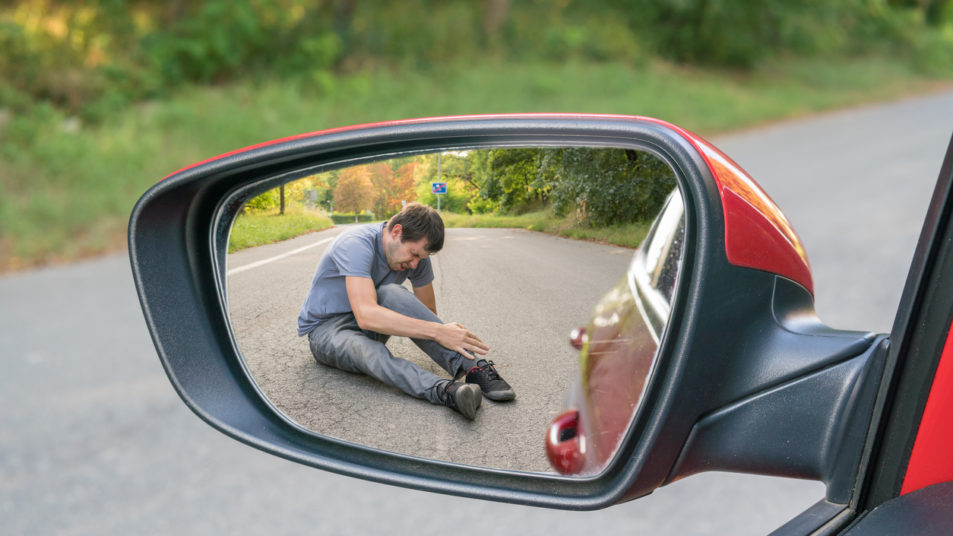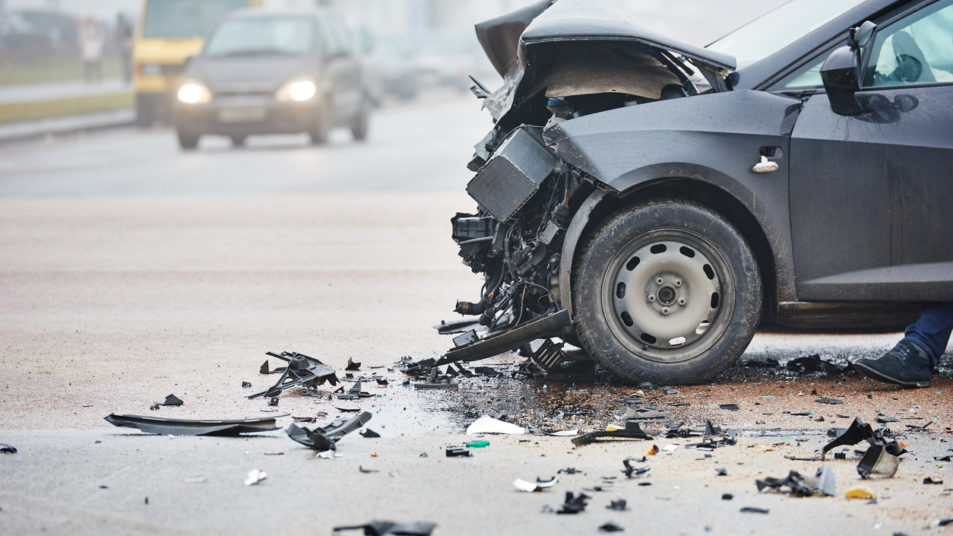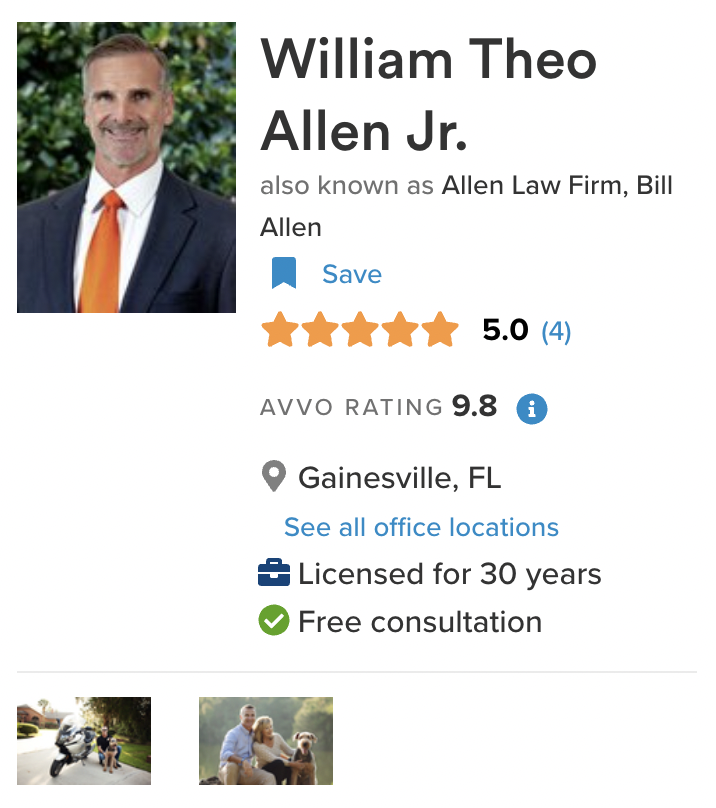Should I Hire a Lawyer After a Hit and Run?
Normally, when a driver is in an accident, they stop to collect the other driver’s information, check on their injuries, and call for help if necessary. But what happens if the vehicle that caused the crash flees the scene?
A 2018 study conducted by the AAA Foundation for Traffic Safety concluded that in 2016 there were 1,980 fatal hit-and-run crashes. Cumulatively, these crashes resulted in 2,049 deaths.
Additionally, a 2020 study conducted by the Insurance Institute for Highway Safety (IIHS) found that 24 percent of pedestrian deaths in 2020 were the result of a hit-and-run accident. These numbers show that hit-and-run collisions are a real problem.
If you have recently been in a hit-and-run accident, you may be considering hiring a lawyer. Here is what you need to know.
Treat the Accident the Same as Another Crash
One important thing to remember about hit-and-run accidents is that they should be treated in the same manner as any other crash. This means that even though you are not able to identify the other party, you will still need to prove you are not at fault and deserve compensation.
In this regard, contacting an attorney could help you obtain compensation for your medical bills and the damage to your vehicle.
Try to Identify the Driver
Unfortunately, many hit-and-run crashes remain unsolved due to the police being unable to locate the other driver. You can help them out by writing down everything you can remember about the accident. Make sure to do so immediately following the accident, while everything is fresh in your mind.
Helpful details include any of the following information about the other driver:
- Vehicle’s make and model
- Vehicle’s color
- License plate number
- Driver’s facial characteristics
Even partial information is helpful and can potentially lead to the apprehension of the other driver.
If other drivers were present, make sure to ask them if they are able to remember any identifying characteristics of the vehicle or driver. If the accident occurred near a store or roadway where there is a security camera, check with the camera’s owner to see if the footage can be reviewed.
Finally, take pictures of the damage to your vehicle. This will help down the line when you are filing a claim and need proof of damages. If any issues arise, this will enable you to show you are telling the truth.
Obtain Medical Treatment
After the accident, you should go to a hospital immediately and get yourself checked out. This applies even if you do not have any visible injuries. Getting medical attention ensures that you are in good health, but is also important in helping you receive just compensation.
Going to the doctor will serve as an index of your injuries and allow for precise documentation should you decide to file a personal injury claim.
Recover Damages
The process for recovering damages from a hit-and-run accident is slightly different than a regular accident.
In the case of a normal accident, you would go to the other driver’s insurance agency for compensation. However, since the other driver fled the scene, you will need to go to your insurance company. The specifics of how to go about this will depend on the laws in your state.
How Compensation Works
If you are injured in a hit-and-run collision, you are entitled to compensation for medical bills, property damage, and pain and suffering experienced as a result of the accident.
An experienced personal injury attorney will understand the types of compensation involved and know how to advocate on your behalf, even when it comes to dealing with your own insurance company.



